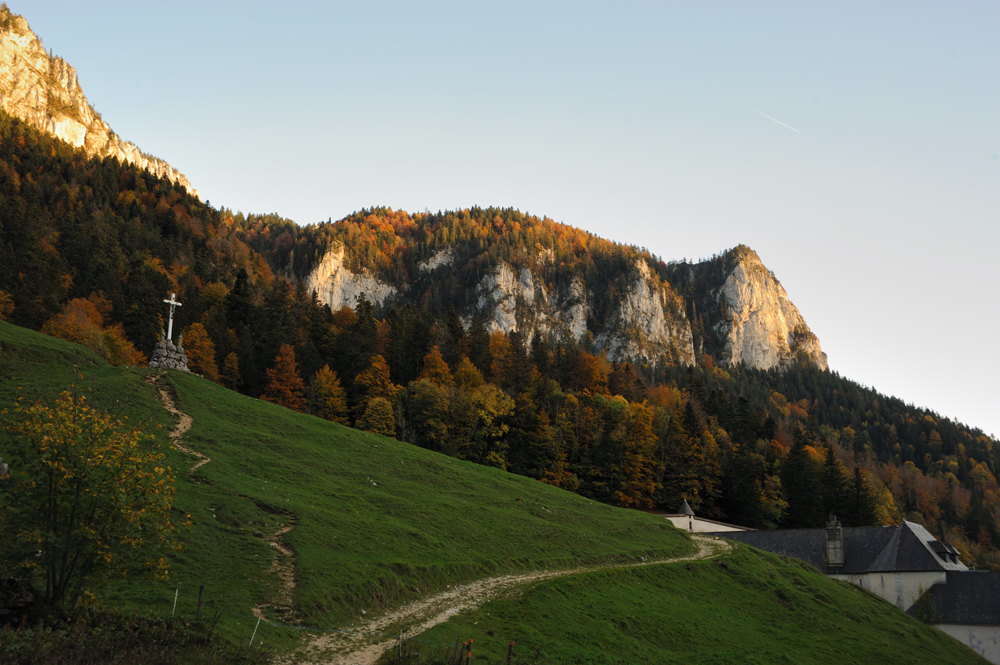
During our visit to Lyon last autumn, we couldn’t resist dedicating a day to explore the picturesque Chartreuse mountains, the birthplace of my beloved Chartreuse liqueur. Our primary objective was to visit the Grande-Chartreuse monastery, the spiritual home of the Carthusian monks who crafted this exceptional liqueur, and to delve deeper into their intriguing way of life.
For a more comprehensive account of Chartreuse’s past and present, I invite you to read the extensively revised and expanded article on my wine blog. Here, I aim to provide a glimpse into the extraordinary world of the Carthusians, an order that captivates even without the allure of Chartreuse, and to shed light on the surroundings of the monastery.
The Order itself has endured for over 900 years, having been established in 1084 by Saint Bruno of Cologne (although he had yet to attain sainthood at the time). Bruno was a remarkable figure, renowned for his erudition and teaching abilities, which brought prominence to the University of Reims across Europe. However, having experienced firsthand the challenges and vanities of academia, and weary from the political intrigues that often accompany positions of influence, Bruno realized the transitory nature of worldly pursuits. In an act of profound devotion, he gathered a group of six like-minded individuals and retreated to the seclusion and tranquility of the Chartreuse mountains to devote themselves entirely to the service of the Lord.
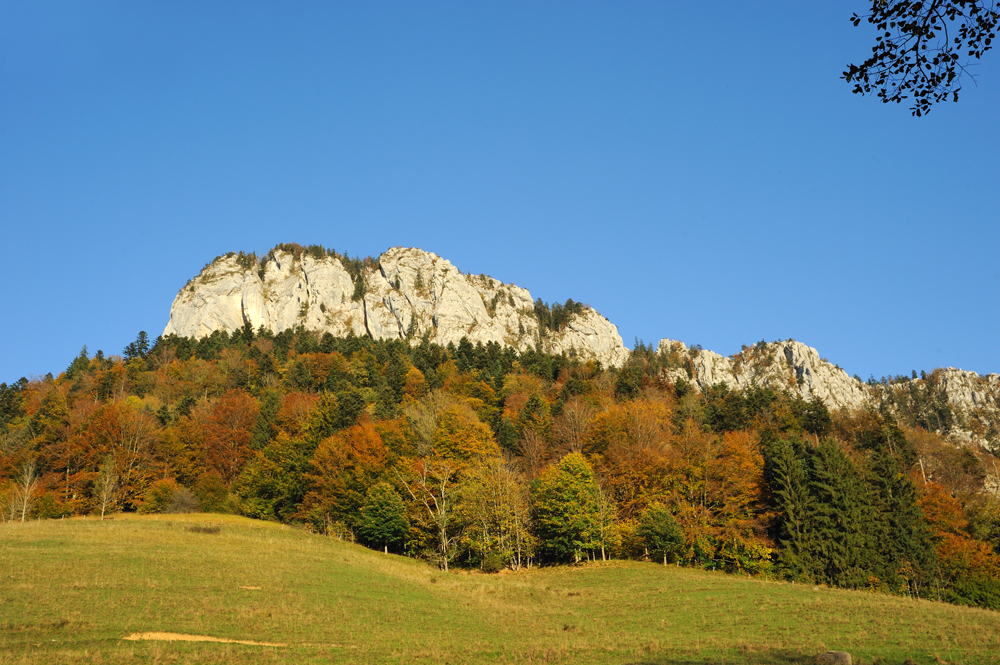
Solitude and silence form the fundamental principles of the Carthusians, who even communicate with each other sparingly, let alone engage in conversations with laypeople. Each monk resides in their own spacious cell, complete with a personal door leading to the garden, spending much of their time in solitary communion with the divine. While they do not strictly adhere to a vow of silence, they firmly believe in the value of silence and speak only when necessary. Once a week, they come together for a communal four-hour walk through the surrounding mountains, during which they may engage in conversation on various topics.
The primary gift that the Order bestows upon humanity is their nightly prayer. Without fail, while the rest of humanity slumbers, the Carthusians remain vigilant, offering prayers for the hopes and needs of humankind. This prayerful devotion represents their spiritual contribution to the world.
However, it is their other gift that holds particular interest for me. In establishing the Order, Bruno implemented the principle of self-sufficiency as a guiding tenet. The monastery only admits a number of inhabitants that it can support independently. While the Chartreuse mountains may not be the most fertile for agriculture, the monks cultivate vegetables and raise animals, striving for self-sustainability. And then, they created Chartreuse—their second, less ethereal but incredibly flavorful gift to humanity—which not only resolved their economic challenges but also captured the hearts of connoisseurs worldwide (for the complete story of the liqueur’s creation, refer to the Chartreuse article on my blog).
I shall refrain from delving further into the Carthusian monks’ way of life here, as they maintain their own website where anyone interested can find detailed firsthand information.
Naturally, our main purpose was to visit the monastery itself, which boasts a breathtaking location. Situated approximately 25 kilometers from Voiron (home to the Chartreuse Museum) along a winding mountain road, the monastery is not accessible by car. However, there is a parking lot a few kilometers away, where visitors can leave their vehicles and continue on foot. While entry into the monastery is restricted to tourists, one can freely explore the surrounding areas.
Unfortunately, I was there, when the light was bad for photography.
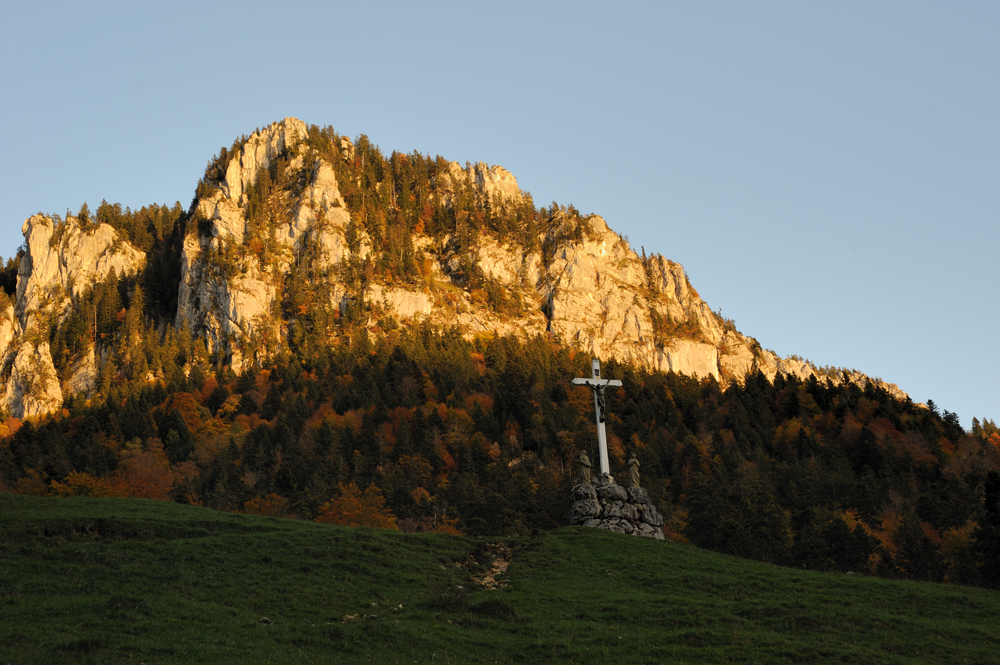
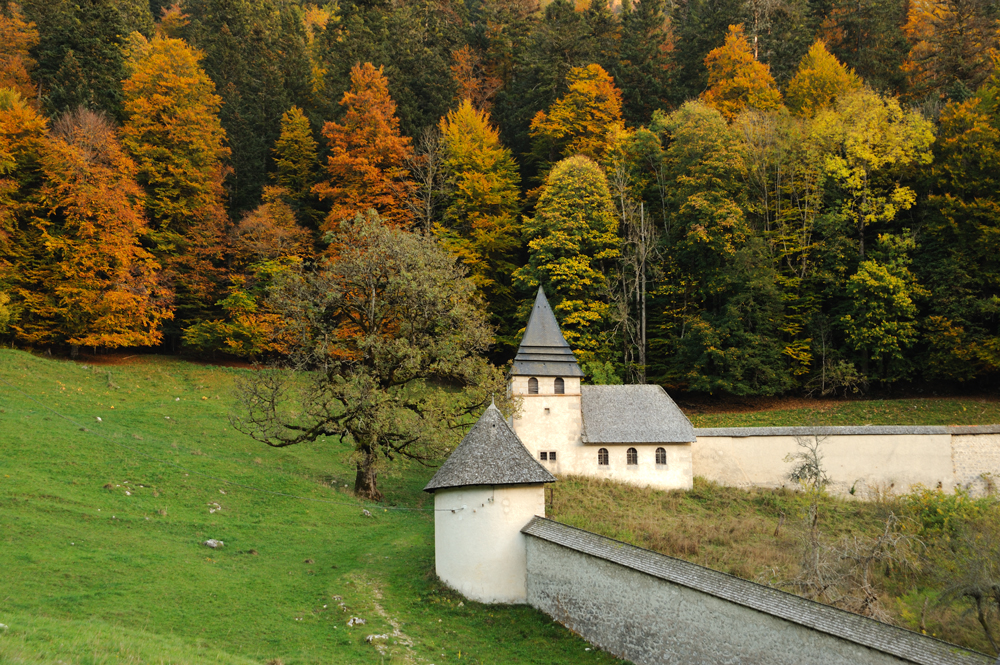
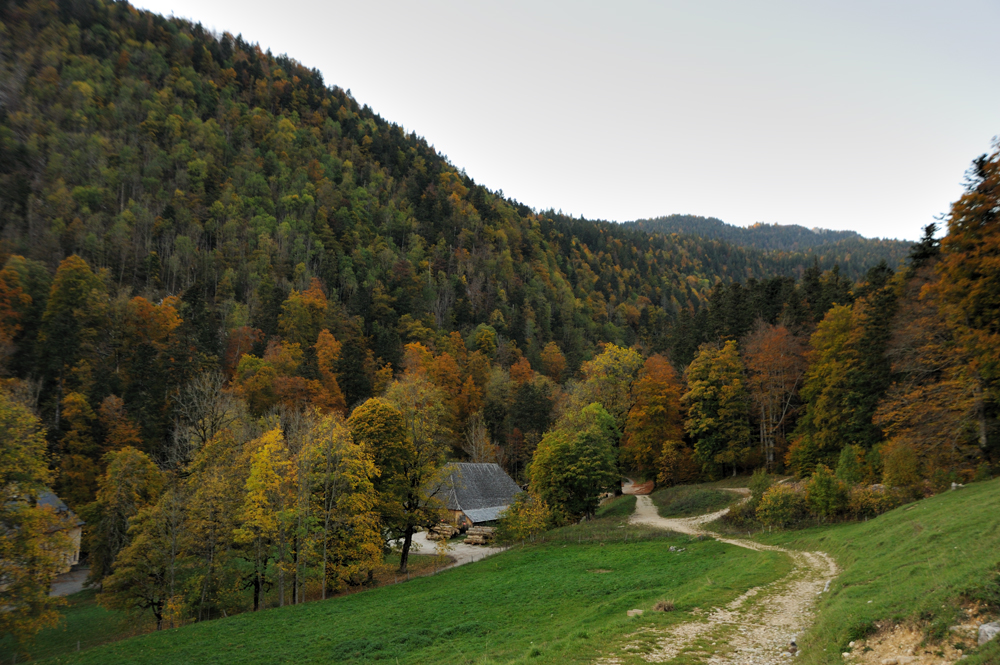

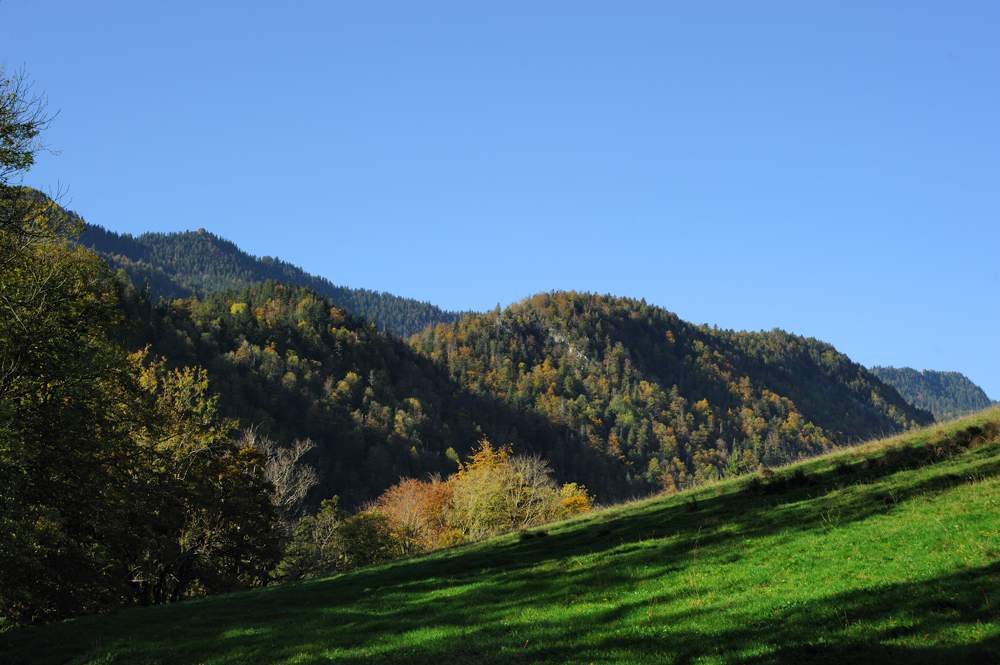
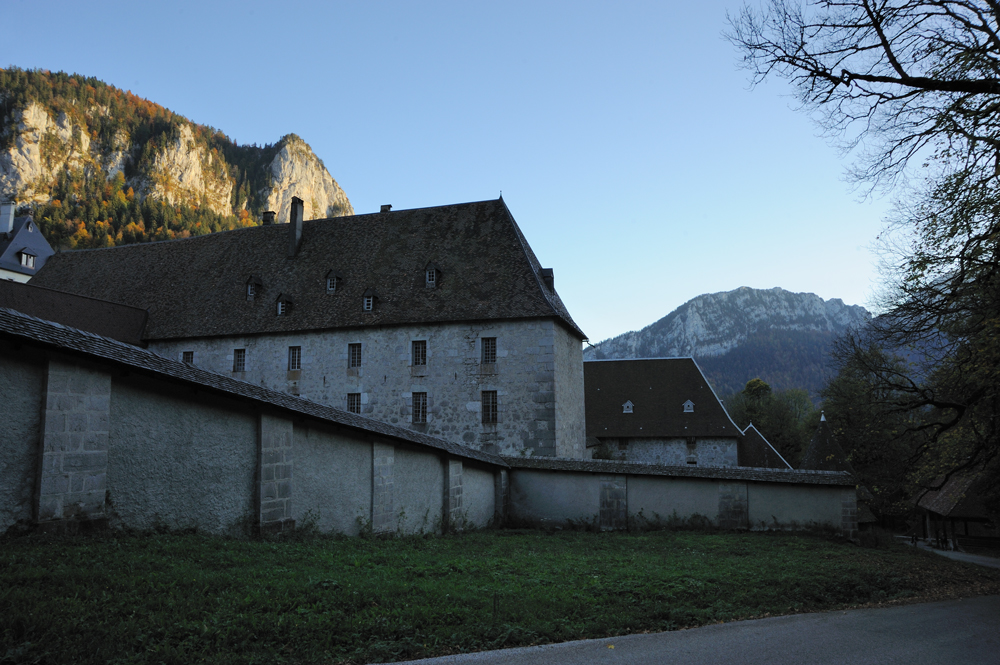
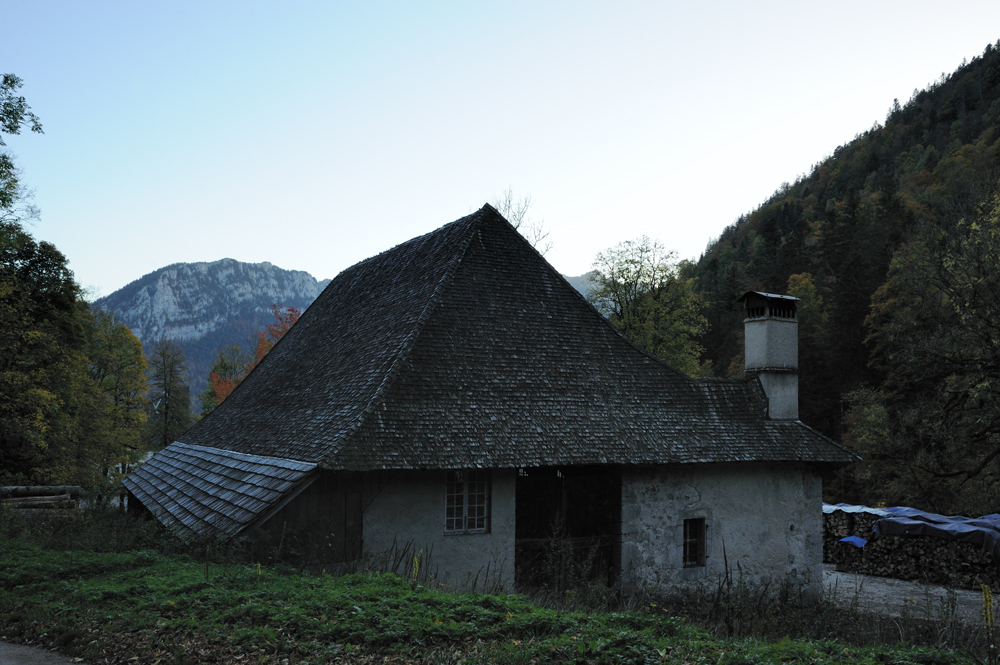
Adjacent to the parking lot, we discovered the Museum of the Order, housed in several buildings that were once part of the monastery. The museum offers a captivating display for those intrigued by the aims and daily life of the Order, encompassing its history, day-to-day routines, and the fascinating story behind the creation of Chartreuse. I found the exhibition to be engaging and spent a worthwhile time immersed in its offerings.

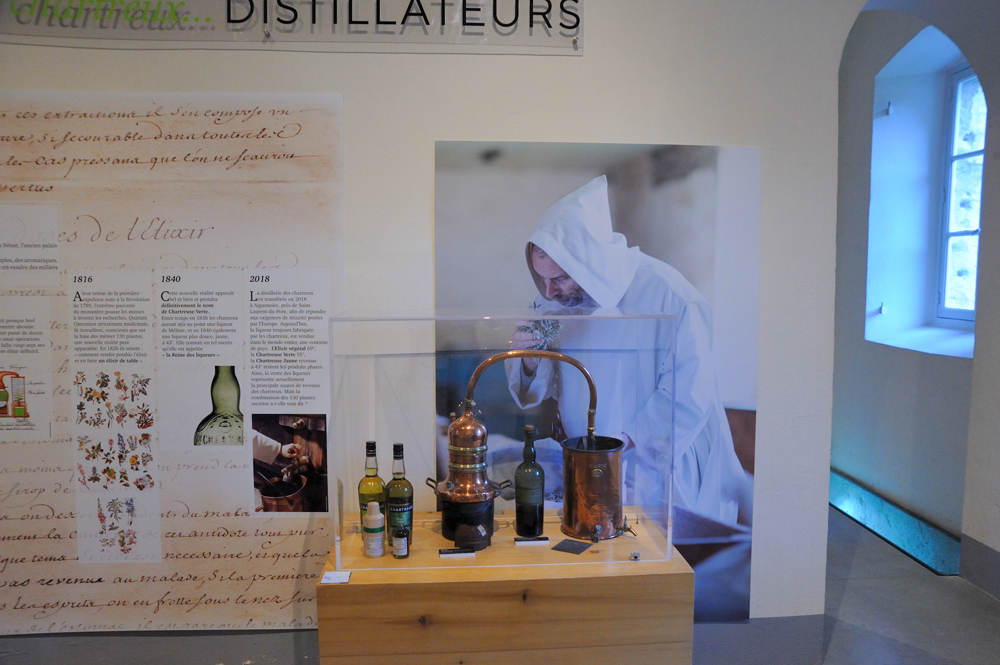
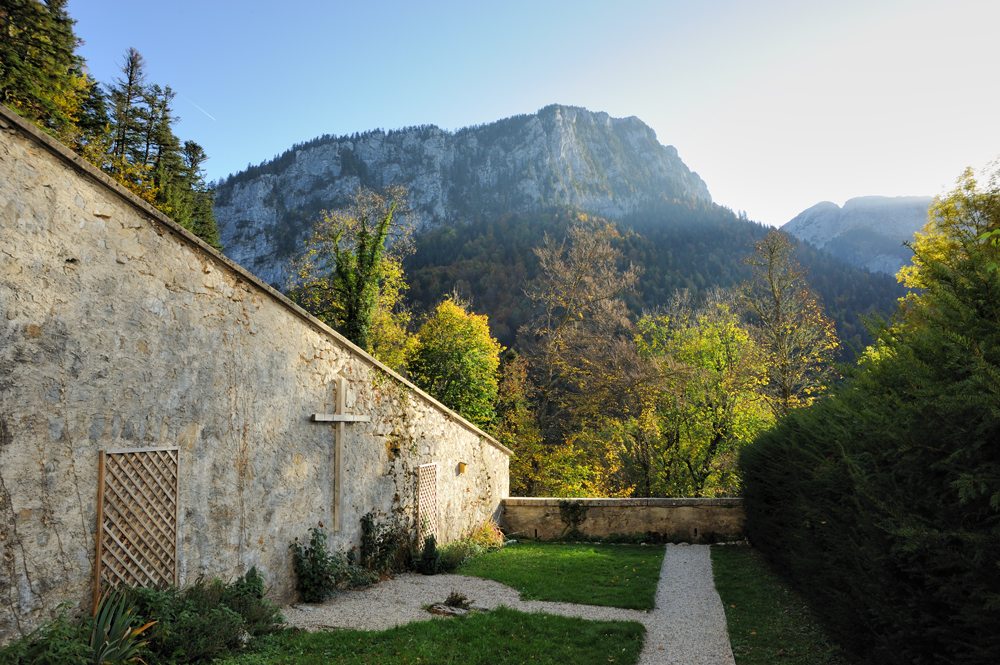

There are many interesting trails around. If I would be there another time, I would be glad to spend time hiking around.